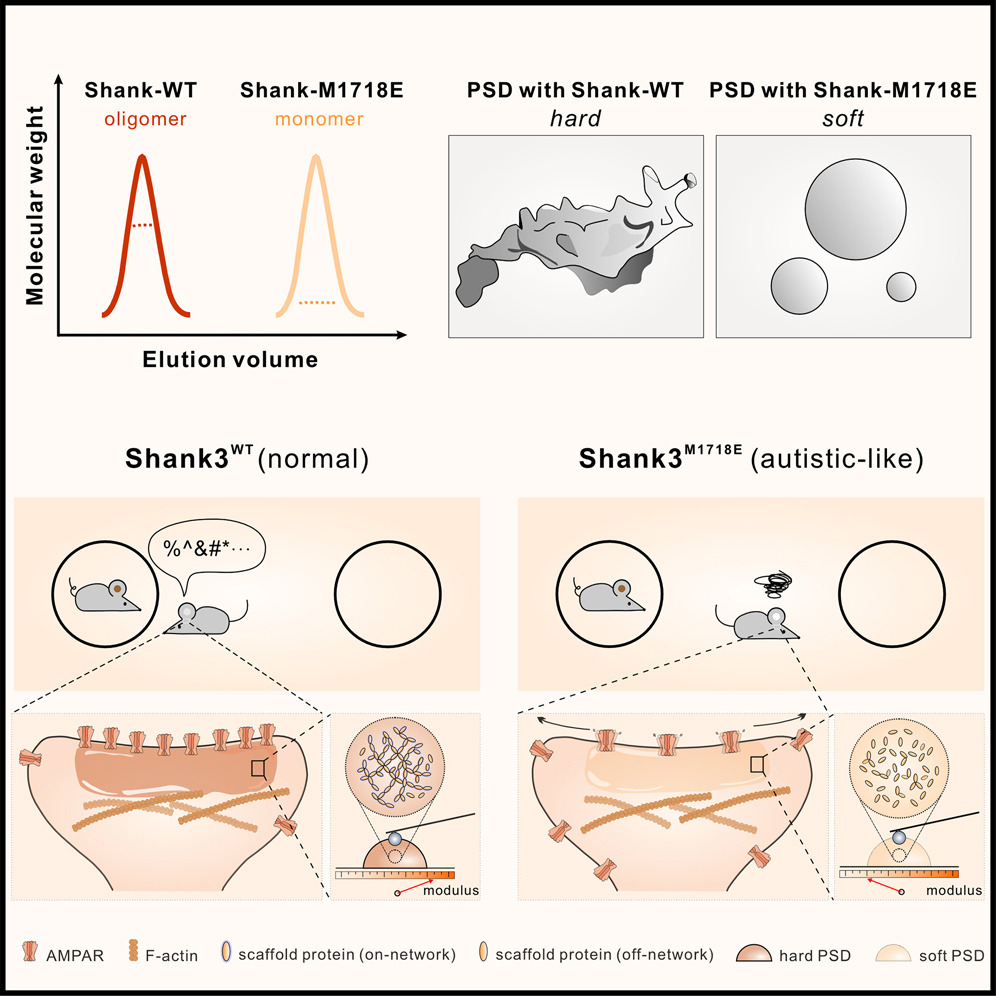The INAD scaffold is a dynamic, redox-regulated modulator of signaling in the Drosophila eye
2011.06.24Liu, W., Wen, W., Wei, Z., Yu, J., Ye, F., Liu, C. H., ... & Zhang, M. (2011). Cell, 145(7), 1088-1101.
INAD is a scaffolding protein that regulates signaling in Drosophila photoreceptors. One of its PDZ domains, PDZ5, cycles between reduced and oxidized forms in response to light, but it is unclear how light affects its redox potential. Through biochemical and structural studies, we show that the redox potential of PDZ5 is allosterically regulated by its interaction with another INAD domain, PDZ4. Whereas isolated PDZ5 is stable in the oxidized state, formation of a PDZ45 “supramodule” locks PDZ5 in the reduced state by raising the redox potential of its Cys606/Cys645 disulfide bond by ∼330 mV. Acidification, potentially mediated via light and PLCβ-mediated hydrolysis of PIP2, disrupts the interaction between PDZ4 and PDZ5, leading to PDZ5 oxidation and dissociation from the TRP Ca2+ channel, a key component of fly visual signaling. These results show that scaffolding proteins can actively modulate the intrinsic redox potentials of their disulfide bonds to exert regulatory roles in signaling.
- Recommend
-
2025-10-22
IQSEC2/BRAG1 may modulate postsynaptic density assembly through Ca2+-induced phase separation.
-
2025-08-22

Shank3 oligomerization governs material properties of the postsynaptic density condensate and synaptic plasticity.
-
2025-08-21
Modulating synaptic glutamate receptors by targeting network nodes of the postsynaptic density condensate.
-
2025-08-19
Current practices in the study of biomolecular condensates: a community comment.
-
2025-06-10
Phase separation instead of binding strength determines target specificities of MAGUKs.

